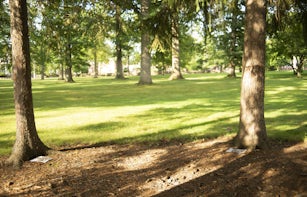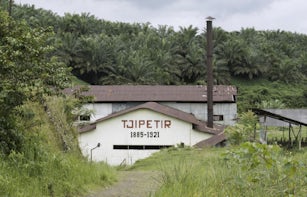Virtual Tower, ‘Virtual’ Pit: On Potentiality and the Status of Unrealised Art

Amber Husain examines the relationship between virtual art and the politics of possibility, with reference to the works of Valdis Celms, Vladimir Tatlin, Lyubov Popova, Netochka Nezvanova, Lygia Pape and Hito Steyerl.



